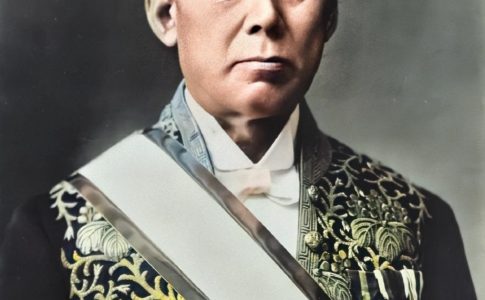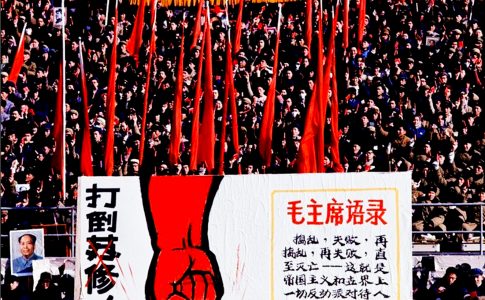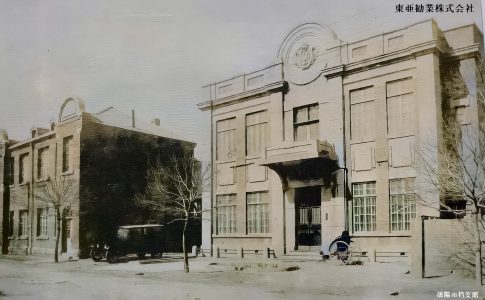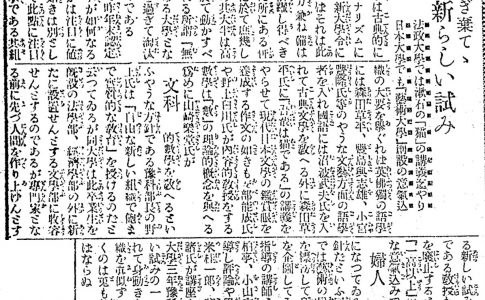Wednesday, April 6, 1921: Kurataro Takamura was born.
Kurataro Takamura, the cinematographer who supported the golden age of Nikkatsu, was born on Wednesday, April 6, 1921. 140 films were shot, including “I’m Waiting” by Nikkatsu in 1957, “Bakumatsu Taiyouden” by Nikkatsu in 1957, “Mukumatsu Taiyouden” by Nikkatsu in 1959, “Migratory Bird with Guitar” by Nikkatsu in 1959, “One Million People in Chorus” by Toho in 1972, and “Ippai no Kakesoba” by Toei in 1992. He has shot about 140 films, including “The End of the Edo Period” (1959), “The Migratory Bird with a Guitar” (1972), “A Million People in Chorus” (1972), and “Ippai Kakesoba” (1992). He died in 2005 at the age of 84.










